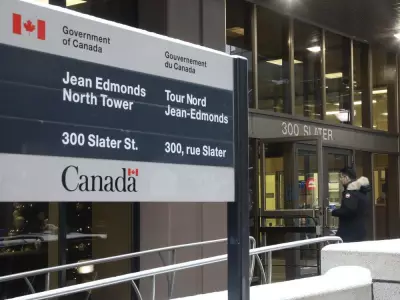
A Surrey, British Columbia homeowner is facing financial ruin after his property was extensively damaged during a police operation, with authorities now refusing to provide compensation for the destruction caused by multiple tear gas canisters.
The incident occurred in October 2022 when RCMP officers executed a search warrant at a neighboring property as part of a kidnapping investigation. During the operation, police deployed numerous tear gas canisters, several of which landed inside the adjacent home of John Dhooma.
Extensive Damage and Health Concerns
The consequences were severe and far-reaching. The tear gas infiltration caused:
- Pervasive chemical contamination throughout the home
- Significant damage to furniture, electronics, and personal belongings
- Health concerns requiring professional hazardous material cleanup
- Long-term displacement of the homeowner during decontamination
"Everything was contaminated," Dhooma explained. "My furniture, my electronics, everything had to be either professionally cleaned or thrown out."
The Compensation Battle
Dhooma submitted a claim for $13,700 to cover cleanup costs and damaged property through B.C.'s Victim Compensation Program. However, his claim was denied on the grounds that the damage occurred during a legitimate law enforcement operation.
The program administrator stated that compensation is only available when property damage results from a criminal act, and police conducting lawful duties don't qualify under this definition.
Broader Implications for Property Owners
This case highlights a significant gap in protection for innocent bystanders caught in police operations. Despite following all proper procedures and having no connection to the investigation, Dhooma bears full financial responsibility for damage caused by law enforcement actions.
Legal experts suggest this situation raises important questions about police accountability and the rights of property owners when collateral damage occurs during necessary police work.
The homeowner continues to seek recourse through alternative channels, but the case serves as a cautionary tale for residents living near potential police operations.





